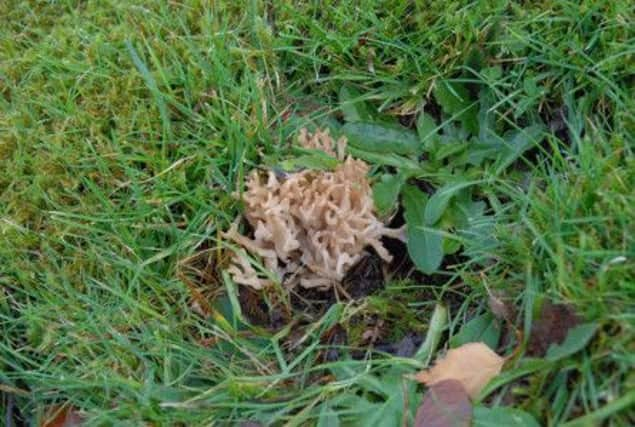Rare fungus drawn by Beatrix Potter discovered


Tremella simplex, a non-native parasitic fungus found in Canada, has been discovered thriving on the National Trust for Scotland’s Aberdeenshire estate, Mar Lodge, in its first official sighting in Britain for 50 years.
Beatrix Potter is best known for literary characters such as Peter Rabbit and Jemima Puddle-Duck, but she was also a keen mycologist and captured dozens of fungi in watercolours and drawings.
Advertisement
Hide AdThey included Tremella simplex, which she is believed to have drawn while on holiday in Dunkeld, Perthshire, in 1896.
Although Potter was unaware at the time, her illustrations were the first documented evidence of the fungus in Britain. There have been only a handful of official reports since, most recently in England in 1964 and Scotland in 1938.
Professor Roy Watling, former head of mycology at the Royal Botanic Garden in Edinburgh, said: “It’s a very exciting find. The last sighting in Scotland was decades ago.”
T simplex feeds off another fungus most commonly found on Abies fir trees. It is thought that fungal spores were introduced to Britain when vast swathes of the country were planted with conifers imported from around the globe in the 18th and 19th centuries. Liz Holden, the mycologist who found the fungus at Mar Lodge, said she was delighted with her discovery, adding: “We know relatively little about Britain’s fungi species so these finds help to extend our knowledge of their distribution. It’s terrific.”
Potter, born in Kensington, London, in 1866, was a careful observer of fungi and lichens. She produced dozens of fungal paintings, many of which are on display at the Armitt Museum in Ambleside, Cumbria, where she lived.
Meanwhile, another relatively uncommon fungus has been found on the site of a former military hospital in Edinburgh where soldiers affected by shell-shock were treated, including the war poets Wilfred Owen and Siegfried Sassoon.
Advertisement
Hide AdClumps of clavulinopsis cinereoides, a type of coral fungi, were discovered in the grounds of Edinburgh Napier University’s Craiglockhart campus. It is believed to be only the second recording of the fungus in Scotland, prompting speculation over how it might have arrived.
A search of the archives unearthed an old photograph of soldiers posing on a grassy bank where the fungi thrives. Abbie Paterson, the ecologist who made the discovery, said: “This really is an exciting find. Looking at the photograph of soldiers standing on the grass bank where I found the fungi, my thoughts turned to the question of how the species are here.
“I thought of their boots trampling the devastated fields of Flanders and perhaps picking up spores of C cinereoides and depositing them on that grassy bank.”